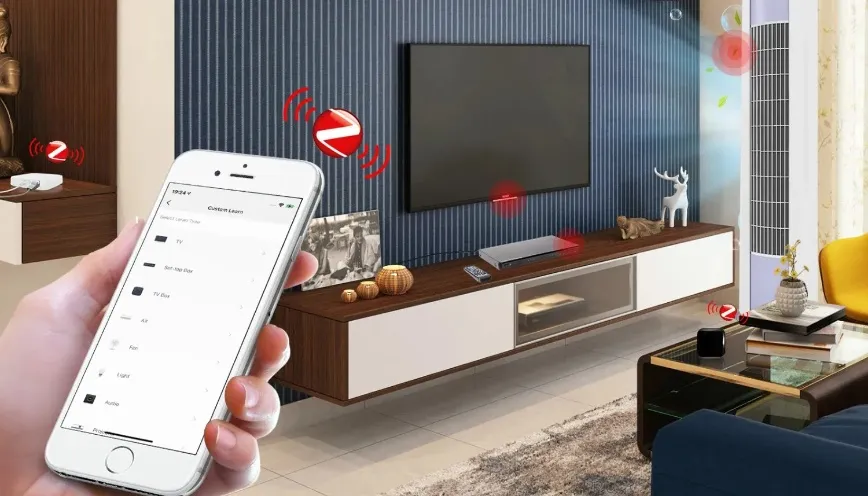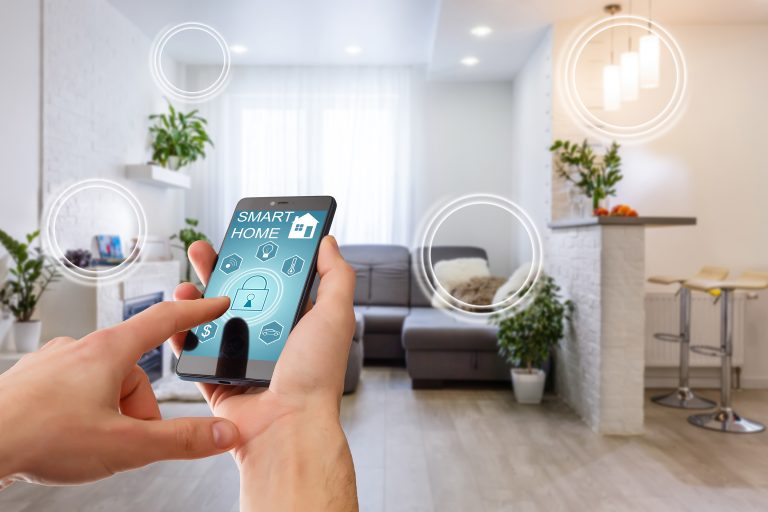Smart home devices have moved far beyond simple voice assistants and Wi-Fi light bulbs. In 2025, smart homes are intelligent ecosystems—automated, secure, energy-efficient, and deeply integrated with our daily routines. With innovations powered by AI, IoT (Internet of Things), and real-time data, today’s smart home devices are reshaping how we interact with our living spaces.
Here’s a comprehensive look at what smart home devices are, how they’re used, and the top trends and gadgets making homes smarter than ever.
What Are Smart Home Devices?
Smart home devices are internet-connected gadgets designed to automate, control, and enhance home functions such as lighting, heating, security, entertainment, and appliances. They can be managed through smartphones, voice commands, or even autonomously via AI and sensors.
Key Categories of Smart Home Devices
1. Smart Lighting
These systems allow you to control brightness, color, and schedules from your phone or with voice commands.
- Examples: Philips Hue, LIFX, Nanoleaf
- Benefits: Energy savings, mood lighting, automation.
2. Smart Thermostats
AI-powered thermostats learn your preferences and adjust heating/cooling for comfort and efficiency.
- Examples: Google Nest, Ecobee SmartThermostat
- Benefits: Lower energy bills, remote control, scheduling.
3. Smart Security Systems
These include smart locks, doorbells, cameras, and sensors that provide real-time alerts and remote access.
- Examples: Ring, Arlo, August Smart Lock
- Benefits: Enhanced home security, 24/7 surveillance, peace of mind.

4. Voice Assistants and Smart Hubs
Devices like Alexa, Google Assistant, and Apple HomePod Mini act as central control hubs for your entire smart home.
- Benefits: Hands-free control, interconnectivity, information on demand.
5. Smart Appliances
Modern refrigerators, ovens, washing machines, and vacuum cleaners come with Wi-Fi connectivity and AI capabilities.
- Examples: Samsung Family Hub, iRobot Roomba, LG ThinQ appliances
- Benefits: Efficiency, remote monitoring, automated functions.
6. Smart Plugs and Switches
Turn regular devices into smart ones with plugs that let you control power from anywhere.
- Examples: TP-Link Kasa, Wemo Smart Plug
- Benefits: Easy automation, energy usage tracking.
Top Smart Home Trends in 2025
✅ Matter Protocol Compatibility
The new Matter standard is unifying smart home ecosystems, allowing devices from different brands to work seamlessly together.
✅ AI-Driven Automation
Smart homes are becoming more predictive, adjusting lighting, temperature, and settings based on your habits and routines.
✅ Energy Monitoring & Sustainability
Devices are now offering real-time energy consumption tracking to help homeowners reduce their carbon footprint.
✅ Enhanced Security & Privacy
Modern smart home devices come with end-to-end encryption, local data processing, and stronger privacy controls.
✅ Health and Wellness Integration
From air quality sensors to smart beds that track sleep patterns, health-focused features are a growing priority.
Benefits of Smart Home Devices
- Convenience: Control everything with a tap or voice command.
- Energy Efficiency: Automated systems reduce unnecessary energy use.
- Security: Real-time alerts, remote monitoring, and smart locks keep your home safe.
- Customization: Create personalized routines for mornings, movie nights, or vacations.
- Accessibility: Greatly improve quality of life for seniors and people with disabilities.
Final Thoughts
Smart home devices are no longer just luxury gadgets—they’re essential tools for a modern lifestyle. As homes become more intelligent, they offer greater comfort, control, and peace of mind. Whether you’re just getting started or upgrading your current setup, investing in smart home technology in 2025 is a step toward a more efficient, secure, and connected life.
The future of living isn’t just smart—it’s brilliantly automated.



